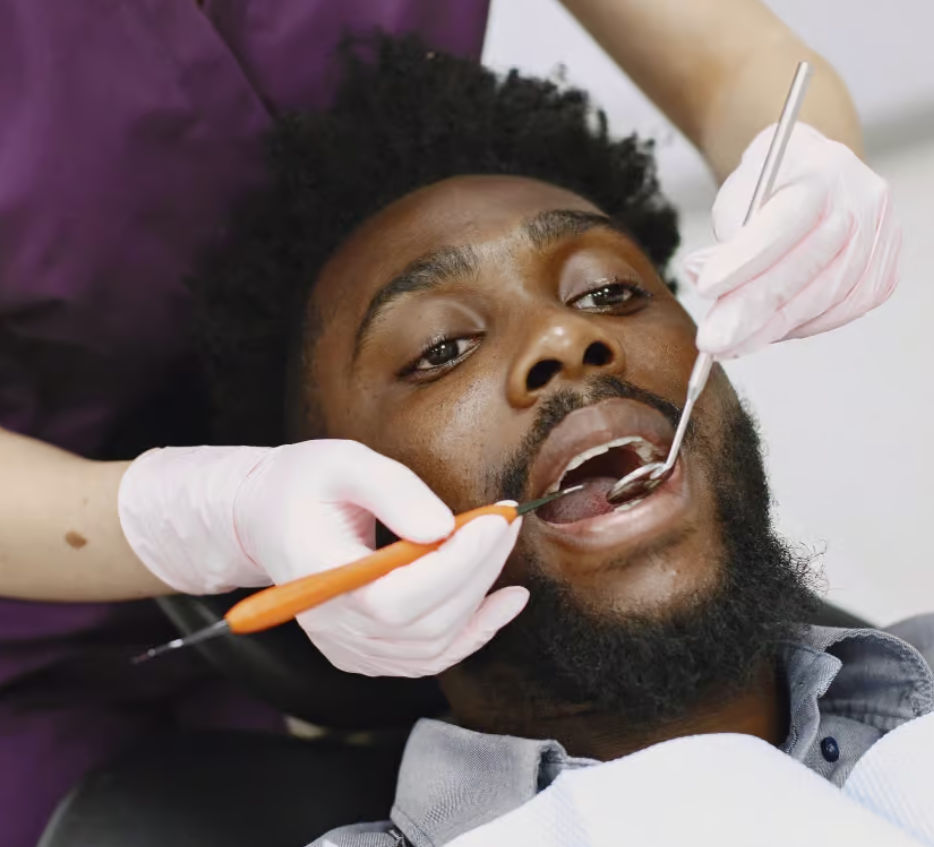Introduction to Orthodontics
Orthodontics is a specialized branch of dentistry that focuses on correcting misaligned teeth and jaws to improve oral health and aesthetics. It involves diagnosing, preventing, and treating dental irregularities, also known as malocclusions, to achieve a harmonious and functional bite.
Types of Orthodontic Problems
Malocclusions
Malocclusions refer to misalignments of the teeth and jaws, such as overbites, underbites, and crossbites, which can cause difficulties with chewing, speech, and oral hygiene.
Crooked Teeth
Crooked teeth are common orthodontic issues characterized by teeth that are out of alignment, overlapping, or rotated, often resulting in aesthetic concerns and oral health problems.
Overcrowding
Overcrowding occurs when there is insufficient space in the jaw for all teeth to fit properly, leading to overlapping and misalignment.
The Role of an Orthodontist
Orthodontists are dental specialists who undergo additional education and training beyond dental school to diagnose, prevent, and treat orthodontic problems effectively.
Common Orthodontic Treatments
Braces
Traditional braces consist of metal brackets and wires that gradually move teeth into their correct positions over time.
Invisalign
Invisalign is a popular alternative to braces, using clear aligners to straighten teeth discreetly and comfortably.
Retainers
Retainers are custom-made appliances used after orthodontic treatment to maintain the new alignment of teeth.
Benefits of Orthodontic Treatment
Orthodontic treatment offers numerous benefits beyond aesthetics, including improved oral health, enhanced facial symmetry, and increased self-confidence.
Orthodontic Treatment Process
Initial Consultation
During the initial consultation, the orthodontist evaluates the patient's oral health, discusses treatment goals, and recommends the most suitable treatment plan.
Treatment Planning
A personalized treatment plan is developed based on the patient's orthodontic needs and preferences, outlining the duration, cost, and expected outcomes of treatment.
Adjustments
Throughout the treatment process, patients visit their orthodontist regularly for adjustments and progress assessments to ensure optimal results.
Orthodontics for Children vs. Adults
Early Orthodontic Intervention
Early orthodontic treatment for children can help guide the growth of the jaws and teeth, preventing more severe problems later in life.
Adult Orthodontics
Orthodontic treatment is not limited to children; adults can also benefit from straightening their teeth and improving their smiles with various treatment options.
Cost of Orthodontic Treatment
The cost of orthodontic treatment varies depending on factors such as the severity of the malocclusion, the chosen treatment method, and the location of the orthodontic practice.
Choosing the Right Orthodontist
Recommendations
Seek recommendations from family, friends, or dentists who have experience with reputable orthodontists.
Researching Online
Research potential orthodontists online, read patient reviews, and explore their credentials and treatment approaches.
Consultation
Schedule consultations with multiple orthodontist in etobicoke to discuss treatment options, costs, and expected outcomes before making a decision.
Frequently Asked Questions (FAQs)
What age should a child see an orthodontist?
- Children should have their first orthodontic evaluation by the age of 7 to detect any potential orthodontic issues early.
Is orthodontic treatment painful?
- While there may be some discomfort during the adjustment period, orthodontic treatment is generally not painful. Over-the-counter pain relievers can help alleviate any discomfort.
How long does orthodontic treatment take?
- The duration of orthodontic treatment varies depending on the complexity of the case, but it typically ranges from 12 to 36 months.
Can I eat normally with braces?
- While certain foods may need to be avoided or modified to prevent damage to braces, most patients can continue to enjoy a normal diet with some adjustments.
Are there alternatives to traditional braces?
- Yes, alternatives such as Invisalign offer discreet and convenient options for straightening teeth without metal braces.
In conclusion, orthodontic treatment plays a crucial role in improving oral health, enhancing aesthetics, and boosting self-confidence. By understanding the different treatment options, choosing the right orthodontist, and committing to the treatment process, individuals can achieve a straighter and healthier smile.





Comments